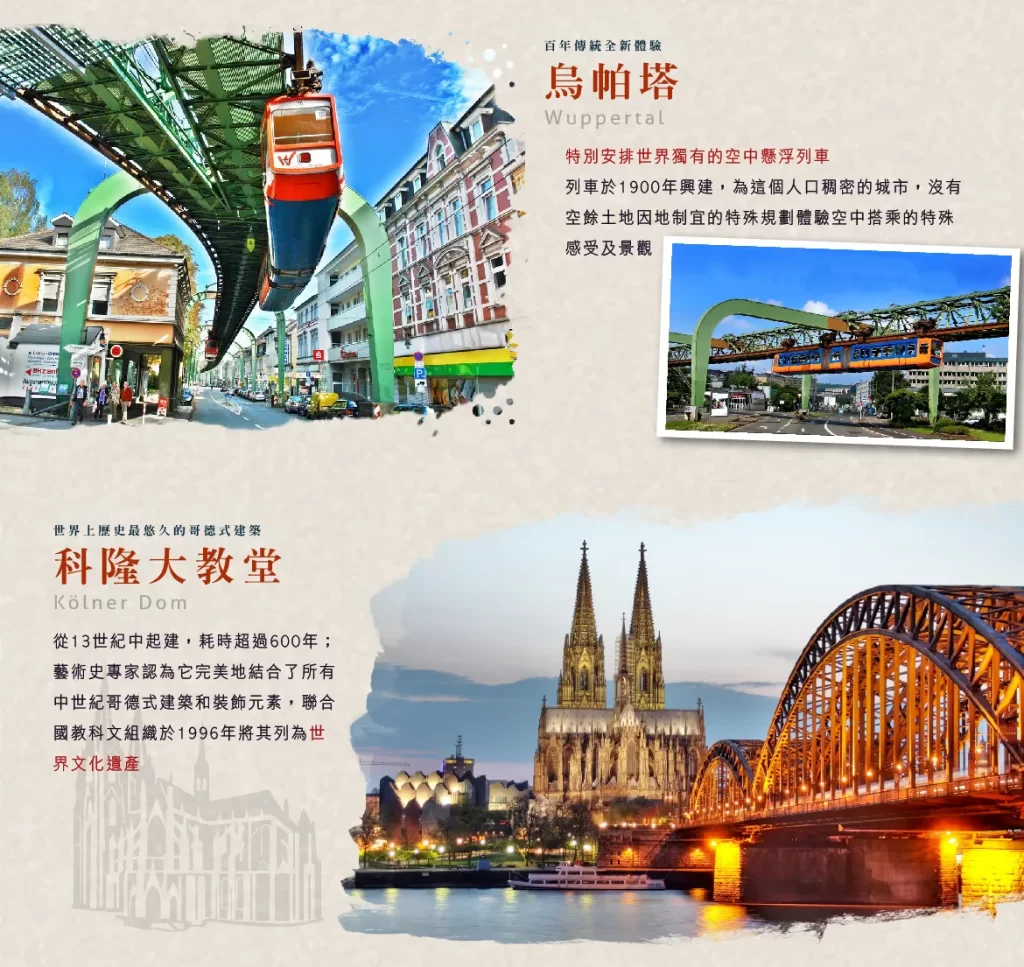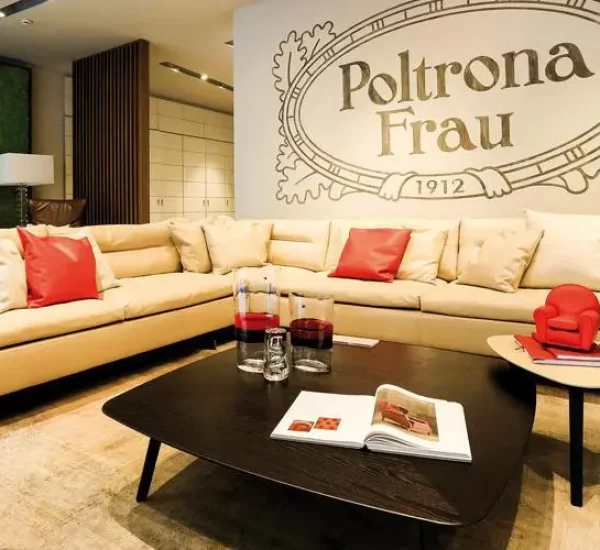Recently updated on February 21st, 2024 at 08:29 pm
Translation is closely related to culture, especially when translating special pieces of text containing culture-specific, culturally bound expressions. A good example is travel brochure translation targeting Chinese tourists.
2 Key Challenges of Travel Brochure Translation
Travel brochures have many features such as graphical design, pictures, or different fonts. Texts in these documents are not continuous but rather separated into sentences or paragraphs placed variously on the page. Individual paragraphs or expressions can be followed by pictures, graphics, tables, etc. The graphical structure of booklets establishes the meaning of the text.
These should be taken into account while translating.
Translation of Informative and Persuasive Texts
Travel brochures should be translated in a way that portrays positive images with the aim of persuading their target audience. The idea can be simple but it should be communicated in a creative and memorable way so consumers are engaged enough to be able to see themselves using the product or the service. The story needs to be different and told in an interesting way to grab the attention of the receivers in an industry where the product is a service.
Therefore, tourism promotional materials with informative and persuasive texts are expected to appeal to the tourist via an attractive form.
Translation of Culture-Specific Items
Culture-specific items can be food, names of places, customs etc. Compiling these materials, the translators can face difficulties, as these publications of the tourism regions introduce the regions’ attractions (geographical locations, events, everyday life, traditions, and feasts) that are part of the source language culture.
Sometimes culture-specific items can be easily rendered into Chinese as in the case of topographical expressions; however, the translator has to cope with true dilemmas when they are faced with items from everyday life, historic events

5 Awesome Tips to Improve Travel Brochure Translation
In a market globalization age, tourist translations are expected to use accessible language and captivating messages tailored to the target audience’s requirements and needs. The translator is expected to recognize the properties of tourism language and have some sort of intercultural communicative competence to enhance semantic clarity.
Transliteration
It’s frequently used in translating brand names and technical terms.
Literal Translation
It is considered mainly useful in translating the explanations of the products’ benefits and the how-to-use instructions mentioned in the travel brochures.
Addition
It’s a translation strategy used for several purposes including functional, promotional, linguistic, and illustration purposes.
Substitution
It’s considered useful to fill the cultural gap. On the other hand, substitution results in using non-frequent lexical items such as those that are not circulated in the target culture.
Omission
In some cases, tourism translation service providers resort to it to avoid redundancy, cultural contradictions, or ambiguity. Omission is unjustifiable especially when it leads to the deletion of a functional word or a word that may positively affect the promotional message. In such cases, it becomes unjustified and it should be avoided.
Frequently Asked Questions
What is Tourism Translation?
Travel and tourism translation is the process of translating travel-related documents that can help tourists make decisions while planning their trips. It includes travel brochures, maps, websites, books, etc.
What Are Examples of Culture-Specific Items?
Examples of culture-specific items are food, names of places, customs, festivals, ethnic clothing, religion, etc.
What Are the Top Languages in the Travel and Tourism Sector?
The main languages in the travel and tourism sector are English, Mandarin, Spanish, French, Germany, and Japanese.

Translation Manager
Eva has 6 years of experience working as a News Editor and 5 years as a freelance copywriter. She holds a bachelor’s degree in English from the Guangdong University of Foreign Studies and a master’s degree in applied Linguistics from the University of Melbourne.



